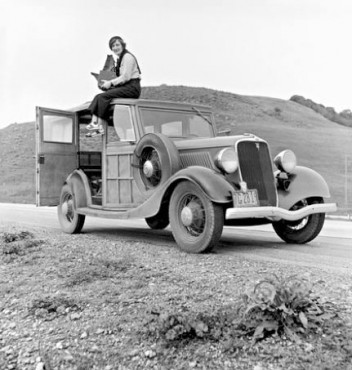
(This image was taken by Paul S. Taylor)
West Sound, known as the Kitsap Peninsula and the Great Peninsula, has a rich agricultural and horticultural history.
The glaciers left rich earthen deposits behind; the forest duff provided rich tilth and the two combined to make wonderful soils. Just the right amount of rainfall and mild summers added even more positives to what could be grown on this peninsula.
Forestry and lumber were the first industries, followed by or in tandem with the fishing industry, which especially included codfish and salmon. Dogfish (a type of shark) were also abundant and their oil provided lubricants for the machinery used in both forestry and fishing, along with oil to light the lamps.
The families of these pioneers of fishing and lumber came along to keep the home fires burning, so to speak. In addition to making a home for their families, these women and children were involved in the poultry industry and grew produce both to feed their families and to sell to neighboring communities nearby and as far away as Seattle and Tacoma.
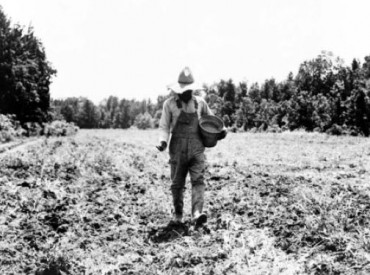
Other events that impacted this area were the naval shipyard in Bremerton and earlier, the Alaska gold-rush days. These various peoples from myriad ethnic groups with diverse cultural heritage and customs saw opportunities for new life, and with them came plants both for food and for enjoyment.
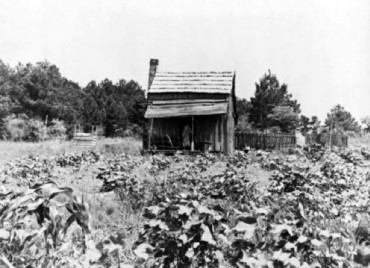
Plants in Agriculture
The Cooperative Extension Services throughout the United States were created in 1914 and one of the first things the extension agents in this area taught the farmers was how to use dynamite to blow up the stumps left behind from the lumber industry. This innovation brought the opportunity to grow rows and rows of edible plants.
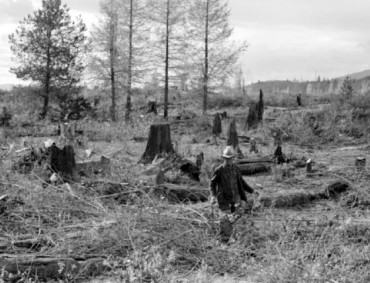
Celery was one of the abundant crops, used fresh in stews to feed the work crews in the logging and fishing industries and also used dried for spices and as a heart medicine. Other produce grown in this region included berries of all kinds, potatoes, carrots, peas, onions and cabbage. Tobacco was also grown.
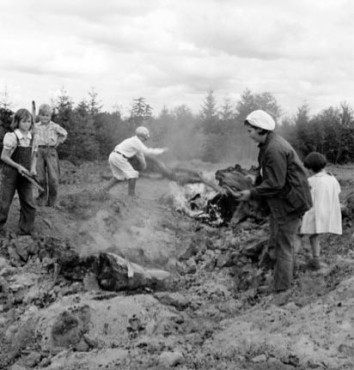
In Port Gamble, celery was grown in the area where two baseball fields still remain. Bainbridge Island was known for the strawberry industry, followed by raspberries. Central and North Kitsap produced abundant hay for horse and cattle feed. Corn was grown throughout the peninsula to feed the ever-growing poultry industry and also as a food crop.
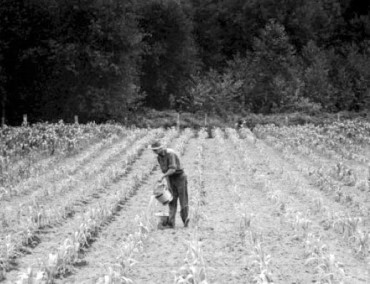
The early West Sound gardeners brought seeds with them, carried in pockets and sewn into seams and hems of their garments to keep them dry and safe. Others brought cuttings of favorite plants and still others even had small, wooden planting boxes filled with plants they could not part with or wanted to use in their new homes far away. Some ordered seeds through the postal service.
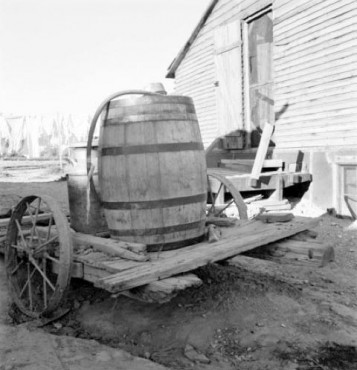
Washington State University Kitsap Extension lists, for example: Kitsap-Mason Dairymen’s Association, Kitsap County Fair Association, Kitsap County Livestock Association, Kitsap County Dairy Herd Improvement Association, Evergreen Breeders Association, Washington Cooperative Hatcheries, Washington Cooperative Chick Association, Washington Croft Lily Growers Association, Washington Holly Growers Association and the Washington Farm Co-op in early records from 1917 forward. Pierce County Extension records show similar groups.
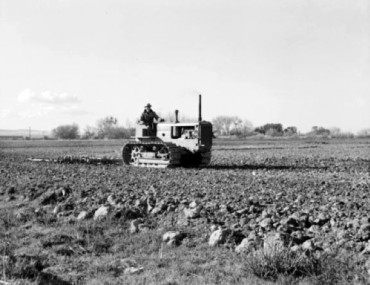
Trees and Plants
Many of the oldest deciduous trees found throughout West Sound were brought to this area by the early settlers. Black honey locust (Robinia pseudoacacia), white oak (Quercus garryana) and Lombardy poplars (as a windbreak) are just a few of the trees introduced to the peninsula by those who came for new lives. Some of the original trees brought more than 150 years ago can still be found throughout the peninsula.
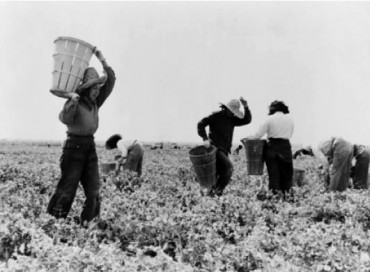
Tree fruits that grew especially well were cherries and pears. Holly was also an important industry. Some areas where remnants of the holly industry remain can still be seen on Chico Way and Tracyton Beach Road in Central Kitsap and on Bainbridge Island. Holly is now listed as a “weed of concern” through the State Noxious Weed Program, so fewer and fewer holly trees remain in West Sound.
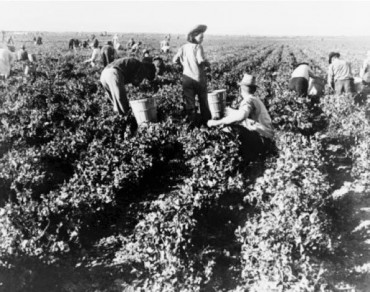
Roses abound on old farmsteads and can be found in many ornamental gardens. Historical records show that some of the roses were brought here as early as the 1850s. Herbs were brought as cuttings or as dried seeds.
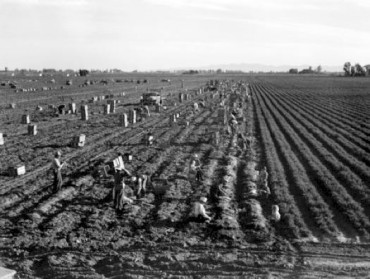
Lily bulbs were dug or gathered up and planted here. The region was perfect for growing lilies to harvest as bulbs for the Washington Croft Lily Growers Association. Several of the lily varieties were developed in Bellingham but the milder climates here proved perfect for growing the lilies in mass quantities. Relatives from other parts of the territories and states sent some of their own plants, seeds and cuttings to West Sound. Some were delivered or brought via steamships or sailing ships and some by the new railways to these newer, unsettled lands in West Sound.
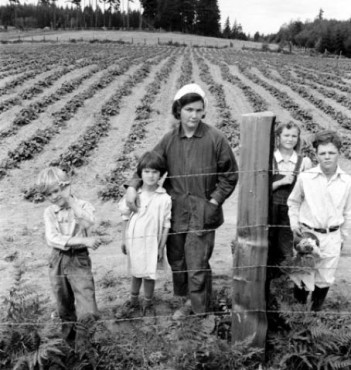
The newly arrived wealthier settlers, especially from the timber industry, took great pleasure and pride in creating and planting beautiful gardens for the public to enjoy, either by invitation or from afar when passing through the area or visiting. West Sound’s historical societies and museums have archival photos and information on these gardens.
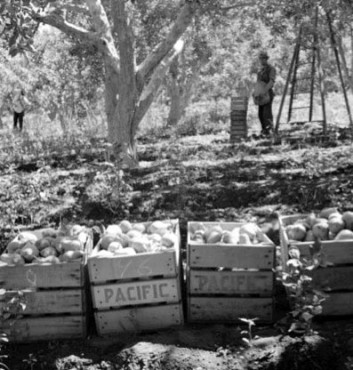
Heirloom Plants
Heirloom is a term to describe plants that have existed continuously for 100 to 200 or more years. Heirloom roses and vegetables perhaps come to mind the quickest when thinking about heirloom plants. These heirloom rose examples have been found in West Sound gardens since the 1850s: Sombreiul (white climber), Cecil Brunner (light pink climber), Mme Caroline Testout (pink climber) and Fortuniana (white shrub).
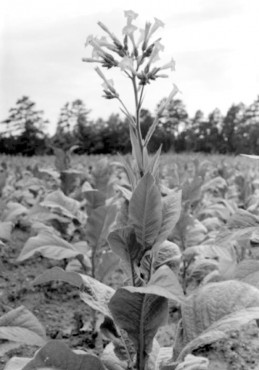
Plant societies and garden clubs were being formed during the 1800s and 1900s. One function of these societies was to propagate new varieties of plants. One such example is Primula “Cowichan Blue,” which was first created in British Columbia. West Sound, however, became a good area to grow these intensely dark blue primroses.
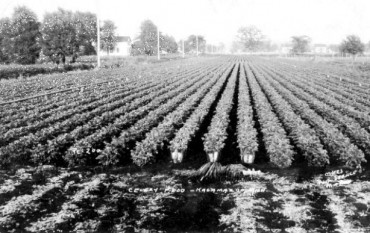
The Heritage Garden at the Kitsap County Fairgrounds, located north of the Presidents Hall and open all year round, has a log cabin surrounded by heirloom plantings of herbs and flowers, both annual and perennial. Some of the plants found there are four o’clocks (Mirabilis jalapa), heliotrope, cosmos and Calendula officinalis. These plants are annuals, started from seed in times past. They can now be purchased in the spring and summer from local nurseries. Calendula is an example of a historical plant that is both ornamental and used as an herb and traveled here by seeds tucked into hems of garments. It also freely reseeds itself, proving how many of the heirloom (antique) plants found locally today are still here after 100 or 200 years.
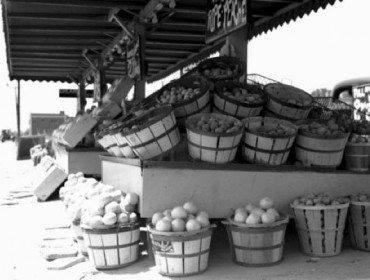
Further Exploring
Local historical societies have archival photos and other memorabilia attesting to how gardeners and farmers lived in this area. If you’d like to learn more about plants and their histories in West Sound, please take time to visit the local museums. Many of the museums have historical societies that support the mission of preserving the rich histories of West Sound for future generations.
If your passion is gardening, some of the museums have historical gardens and they welcome volunteers who like to plant and weed. At the Bainbridge Island Historical Museum, a group of gardeners has reintroduced the Marshall strawberries to their landscaping. The Marshall strawberries were grown during the beginning of the berry industry on the island. Many of the museums need researchers and archiving volunteers.






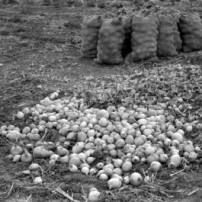
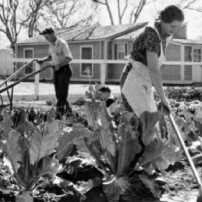
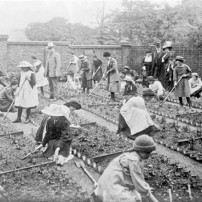
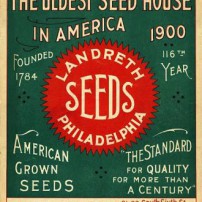
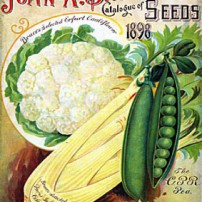
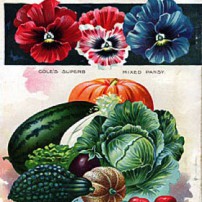
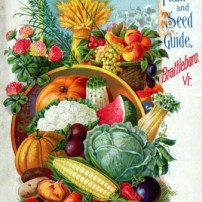
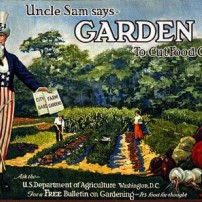
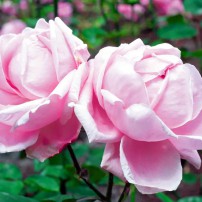
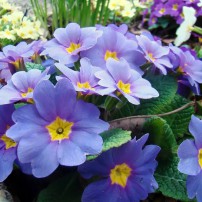
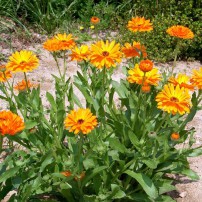
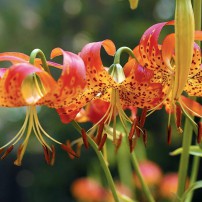
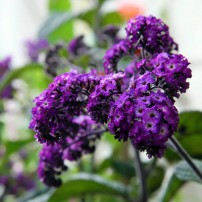
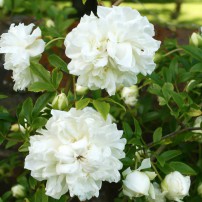
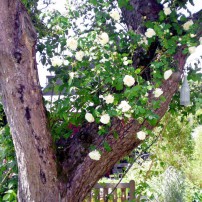
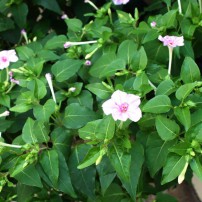
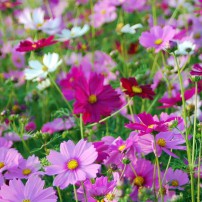
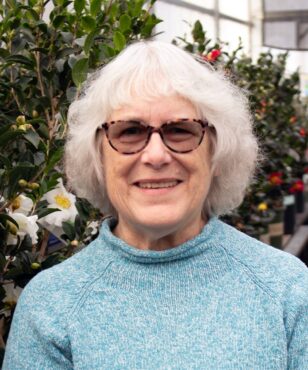

























Comments